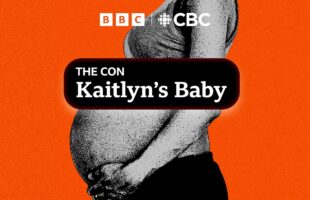In his keynote address at the Asia TV Forum, Dr Hamilton Cheng explained the challenges encountered by Taiwan’s public service broadcaster PTS when considering trials of TV via mobile device. Faced with the different delivery technologies available – 3G mobile phone (CDMA), 3G (UMTS) or GPRS network; DVB-H, MediaFLO, DMB-T/DAB, ISDBT, DMB-Satellite; Wi-Fi, WiMax (WLAN) – broadcasting to mobile was seen as the most accessible. Its unrestricted capacity meant the possibility of more channels; there would be no streaming, downloading – hence no buffering delay; and the common platform would provide free access and public service to attract larger scales of adoption.
Taiwan’s DTT (Digital Terrestrial TV) trials during 2004-2005 saw free-to-air broadcasts to TV sets on buses, ferries and other public places. But as Dr Cheng explained, the obstacles that PTS were to encounter were not so much technological as regulatory. With TV to mobile seen primarily as a commercial venture, feeling was that a public service broadcaster should be ruled out as a candidate for a license, because state aid created distortion. Both the Government and commercial TV opposed any proposal initiated by PTS with one mobile TV project leader questioning the US$31 million given to PTS in 2005. A subsequent commercial mobile TV trial proved overly optimistic and failed to deliver on its proposed 2006 commercial roll-out.
PTS’ next step was to set a common platform as the technical parameter, and to recruit at least two mobile operators and two handset manufacturers into the trial. Spinning out a broadcast network operator, meanwhile, paved the mobile broadcasting footprint and realized the neutral platform of interoperability and an open standard. PTS switched one Taipei transmitter to broadcast to mobile, thus mobile TV and stationary TV coexisted in the same multiplex. The non-proprietary head station was set up in the multiplex centre; while accessible documentation and open specification catered for the valuechain stakeholders. Five reception technologies; two middleware; two chip-makers; three telcos; and three research bodies all participated in PTS trial of TV to mobile device.
Dr Cheng went on to share that, in PTS’ experience, the easy connection of over-air broadcast, the demand for audio-visual content, and access authorization via SMS had all worked. On-demand, he said, had proved economical only as a near video-on-demand service, and the downloading from a 3G phone for a movie or live broadcast event proved expensive to the consumer due to both the data transfer charges and the content rights costs. The possible revenue models, he said, included advertising revenue garnered for the broadcast channel; triggering the return path traffic (access billing); interactive demands for voice, data, and content tailor-made for mobiles; interactive one-to-one advertising; and on-demand exclusively owned content.
In conclusion, Cheng recommended other Asian countries should release parts of their national or military network for a TV broadcast-to-mobile trial. This will also involve establishing an independent broadcast network operating unit; implementing the common platform solution and combining popular channels within the free trials. Above all, he said, it’s about finding the right balance between over- and under-regulation.








